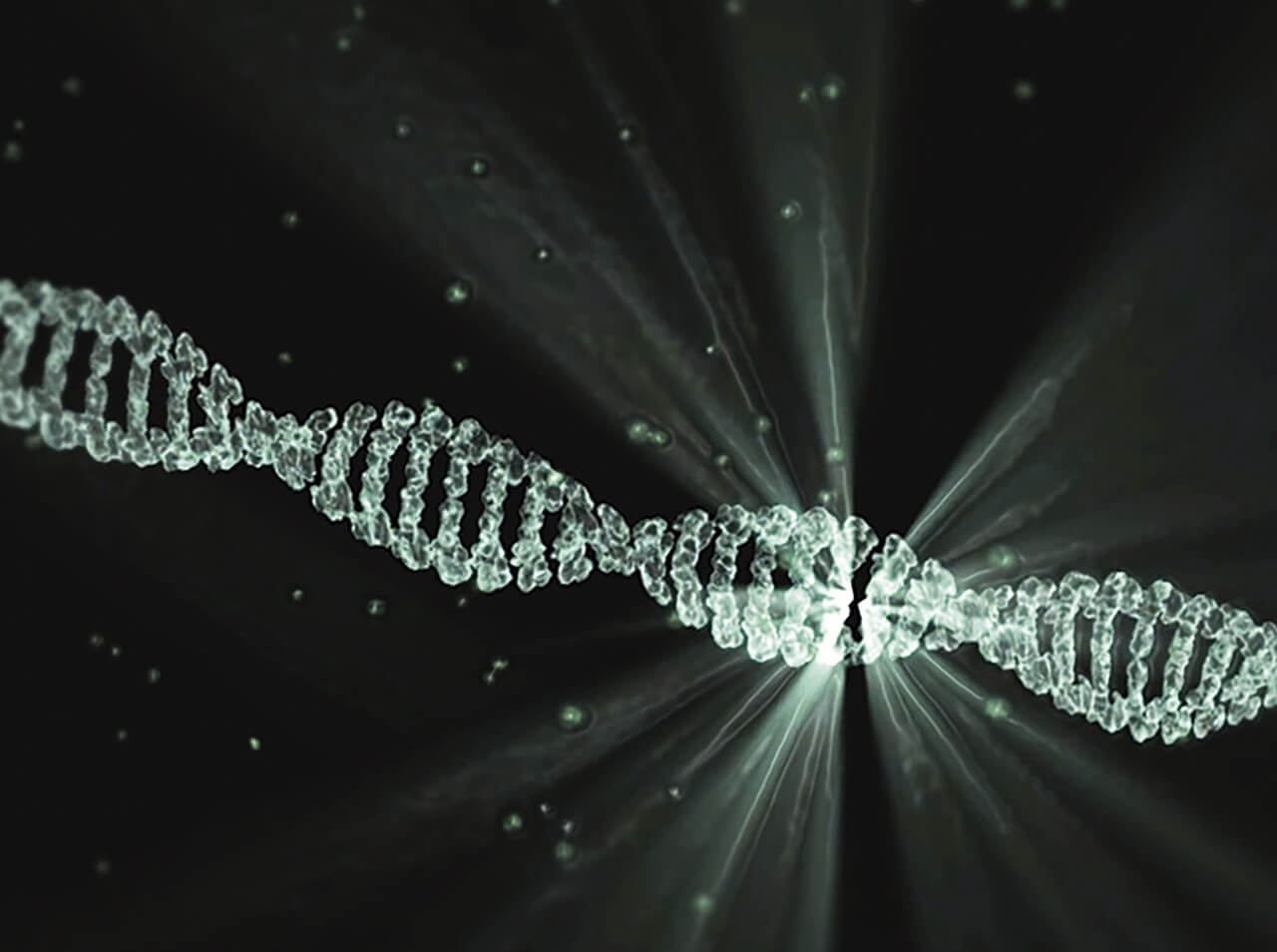Using DNA barcoding for rapid identification of marine species

I. Introduction
In the vast realm of marine biodiversity, accurately identifying species can be a daunting task. However, thanks to DNA barcoding, a powerful technique that utilises specific genetic markers, the identification of marine species has become faster and more efficient. DNA barcoding involves analysing a short section of DNA from an organism’s genome, often from a standardised region known as the barcode region. By comparing this genetic information to a reference database, scientists can rapidly determine the species to which a sample belongs.
The application of DNA barcoding in marine species identification has revolutionised the field. It eliminates the need for time-consuming and sometimes subjective morphological examinations. Instead, it relies on the inherent genetic differences among species, allowing for precise and reliable identification. Moreover, DNA barcoding enables the identification of species in different life stages or those that are difficult to visually distinguish, leading to a more comprehensive understanding of marine ecosystems.
II. Understanding DNA Barcoding
DNA barcoding functions through the use of specific genetic markers, such as the mitochondrial Cytochrome c oxidase I (COI) gene. This gene exhibits sufficient variation among species, making it a suitable target for identification purposes. Researchers extract DNA from the organism of interest, amplify the barcode region using polymerase chain reaction (PCR), and sequence the DNA. The resulting sequence is then compared to a reference database, allowing for rapid identification.
The advantages of DNA barcoding over traditional methods are numerous. Firstly, it is highly accurate, reducing the chances of misidentification that can occur with visual or morphological approaches. Secondly, it can be applied to a wide range of species, including those that are difficult to identify visually, such as larvae or cryptic species. Thirdly, DNA barcoding is a standardised and globally recognised method, facilitating data sharing and collaboration among researchers.

III. Rapid Identification of Marine Species
Rapid species identification is crucial in marine environments where time-sensitive decisions need to be made, such as in fisheries management or the response to invasive species. DNA barcoding plays a vital role in this process by providing quick and accurate species identification. In the field, samples can be collected, and DNA can be extracted and sequenced within hours. This allows researchers and conservationists to make informed decisions promptly, facilitating effective management strategies.
The speed and efficiency of DNA barcoding enable real-time species identification, which has significant implications for various aspects of marine research and conservation. For example, in the case of fisheries management, DNA barcoding can help ensure accurate species identification in catch assessments, preventing overfishing or the mislabelling of seafood products. It also aids in the monitoring of endangered or protected species, allowing for targeted conservation efforts.
Several successful cases of marine species identification using DNA barcoding exist. For example, in a study conducted on reef fish in the Caribbean, DNA barcoding identified numerous mislabelled fish species in markets, highlighting the extent of misidentification in the seafood industry. Furthermore, DNA barcoding has been instrumental in identifying rare or elusive species, contributing to our knowledge of biodiversity, and aiding in conservation efforts.
IV. DNA Barcoding and Biodiversity Study
The study of biodiversity is crucial for understanding and conserving marine ecosystems. DNA barcoding has emerged as a powerful tool for assessing and monitoring marine biodiversity. By analysing the genetic diversity within and among species, researchers can gain insights into population dynamics, species distributions, and evolutionary relationships.
DNA barcoding provides a standardised and objective approach to species identification, overcoming the limitations of traditional methods. Visual or morphological identification can be challenging, particularly when dealing with cryptic species or different life stages. DNA barcoding allows for the accurate identification of species, even when they exhibit minimal morphological differences.
The application of DNA barcoding in biodiversity studies allows for a comprehensive assessment of species diversity. Traditional methods often underestimate biodiversity due to morphological similarities among species or difficulties in identifying species in certain life stages. DNA barcoding overcomes these limitations by providing an objective approach to species identification.
Case studies utilising DNA barcoding in marine biodiversity research have yielded valuable results. For instance, in a study on coral reefs, DNA barcoding revealed previously unrecognised species, highlighting the underestimated diversity within this ecosystem. Additionally, DNA barcoding has been employed to identify marine species in environmental DNA (eDNA) samples, enabling researchers to monitor biodiversity without the need for direct observation.
V. Tracking Invasive Species with DNA Barcoding
Invasive species pose a significant threat to marine ecosystems, often outcompeting native species and causing ecological imbalances. Tracking and managing invasive species is crucial to mitigate their negative impacts. DNA barcoding has proven to be a valuable tool in this regard.
DNA barcoding allows for the early detection and accurate identification of invasive species in marine environments. By comparing the DNA of unknown specimens to a reference database, researchers can quickly determine if an organism belongs to a known invasive species. This enables the implementation of timely and targeted management strategies to prevent the spread of invasives.
The rapid identification provided by DNA barcoding is particularly beneficial in tracking invasive species, as early detection is essential for effective management. By identifying invasive species early on, interventions can be implemented to prevent their establishment or control their populations. This helps to protect native marine species and maintain the balance of marine ecosystems.
Conclusion
DNA barcoding has revolutionised marine species identification, offering rapid and accurate results. It has greatly facilitated the study of biodiversity by providing an objective approach. Additionally, DNA barcoding plays a crucial role in tracking and managing invasive species, safeguarding marine ecosystems. As technology advances, the potential for DNA barcoding in marine research continues to expand, promising exciting prospects for understanding and preserving our oceanic biodiversity.
Resources
Biological identifications through DNA barcodes
Role of DNA barcoding in marine biodiversity assessment and conservation: An update
The campaign to DNA barcode all fishes, FISH-BOL
A Symphony Of Life Beneath The Waves: Exploring Marine Biodiversity And Ecosystem Health















